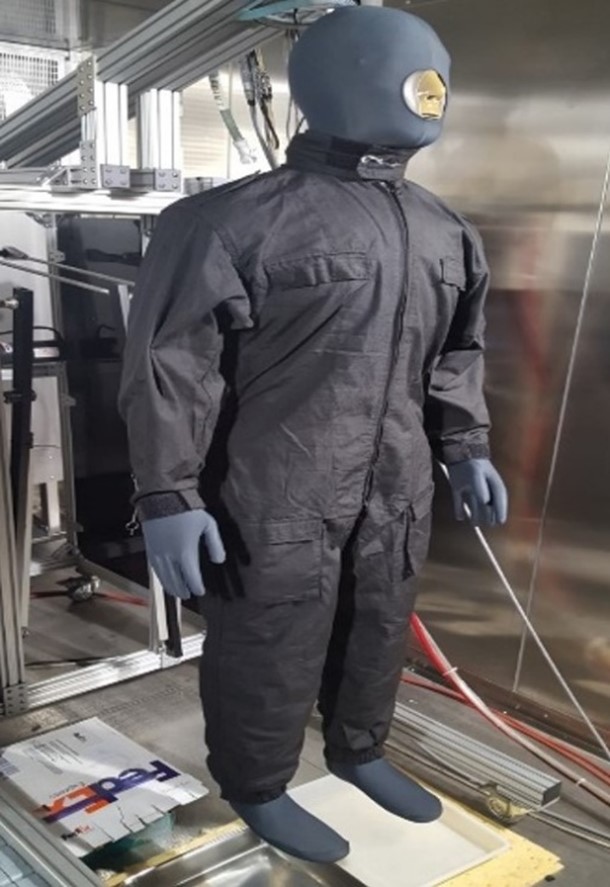
When you hear the word, “manikin”, what is the first thing that comes to mind?
No doubt, in your mind’s eye, you will see a “mannequin”. The model on display in shopping centre showcases, decked out in the latest fashion trends. Right?
Well, that’s not exactly it.
While manikins are actually similar to mannequins, they don’t just stand pretty. They are used for the specific purpose of simulating human beings in scientific research.
Many are built to further provide real-time sensorial feedback – making them indispensable and significant contributors to scientists and their projects.
And how is that so?
Well, a manikin or, to use its proper nomenclature, the “Instrumented Manikin” – is a physical model built to represent a human body and fitted with an array of sensors for use in testing.
These sensors, embedded strategically throughout its body, offer valuable information about what the manikin experiences, such as temperature, pressure, force, position, speed, and orientation.
It is akin to putting a human being through a scenario and have him/her live to tell the tale accurately and effectively.
It gets even more interesting!
Advanced instrumented manikins not only successfully mimic the human body in size, weight, and skin elasticity, but they can also be programmed to walk, jump, breathe, and sweat like anyone of us.
At the HTX Human Factors and Simulation Centre of Expertise (HFS CoE), manikin testing is conducted alongside human trials to test the safety and efficacy of a product or technology.

A Newton Thermal Manikin in the HFS Lab (Photo credit: HTX)
Standardised and representative manikins are generally preferred because they are consistent test subjects that will produce unbiased results in experiments that are often repeatedly done. Comparatively, human beings are far less reliable test subjects given our inconsistent attributes – that includes the impact of weather conditions, time of day, mood, diet, and other variables – all of which may unwittingly skew the outcomes.
There are also other advantages of using manikins over human beings. Manikins can be used in high-risk experiments that may endanger lives, such as car crash tests or fires. In addition, a manikin is indefatigable while a human must eat, drink, and rest to perform as needed.
Dr Saravana Kumarasamy and his team at HFS CoE have been deploying a thermal manikin in their projects to evaluate a human’s thermal comfort with the use of different uniforms, PPEs, cooling devices and personal equipment. The experiments have gone a long way to developing better gear and conducting more effective training for frontline Home Team officers.
“HFS intends to develop a suite of manikin systems to support the Home Team in head-to-toe evaluation of body-worn items such as personal protective ensembles and load carriage systems. Essentially, we will monitor relevant human performance indices such as their thermal physiology, tactile pressure, and biomechanics. In addition, manikins will also help in the tactical and close combat training of officers,” said Dr Saravana.
So, the next time you spy a person in the HFS lab, take a second look, it might just be a manikin!

